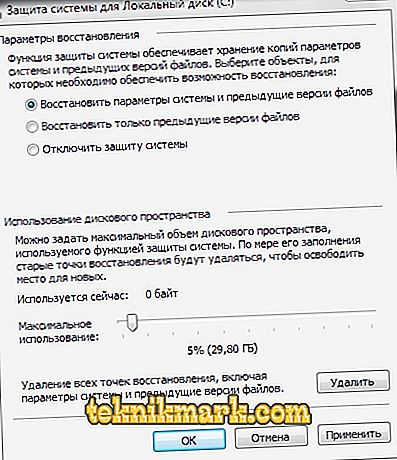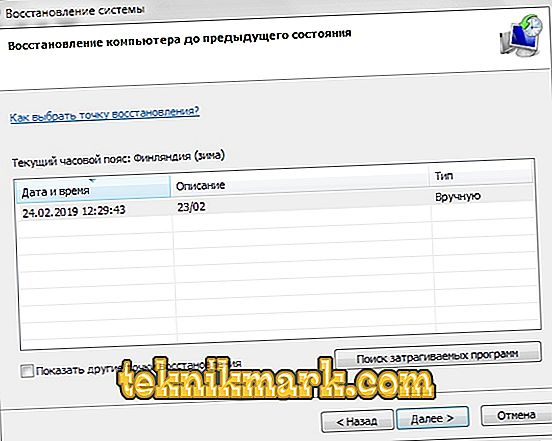Error 0x000000ed appears in Windows XP immediately after turning on the computer or restarting. As a rule, it is accompanied by the explanation “Unmountable Boot Volume”, which literally means “Disconnecting the boot volume”, and a blue background. It is impossible to advance further than this window - the system does not work, there is no usual visualization. Below we will try to tell as much as possible about the methods of eliminating this error.

Fix error 0x000000ed on Windows.
Possible causes of the problem
The reasons for the appearance in Windows XP of an error 0x000000ed are not so many, which greatly facilitates the search for a suitable solution. It may be:
- simply disconnecting the cable from the hard drive or board;
- cable damage;
- failure of the hard drive after installing any software, updates, or as a result of a virus attack;
- physical failure of the hard drive.
In the first case, everything is simple: it is enough to securely connect the cable or change it and turn on the computer again to make it work properly. In the latter, no technical methods will help - you have to buy a new hard drive. But the system failure can be corrected.

How to fix stop error 0x000000ed
We offer two sure ways to deal with the error:
- through the "Safe Mode";
- using a boot disk / flash drive.
Start from the first, and then, if it does not help, go to the second.
Recovery in "Safe Mode"
As soon as the “0x000000ed” window appears, enter the “Safe Mode” (in Windows XP it is activated with the F8 button), because only standard programs are launched in it - it will be easier to correct the error if it is caused by some application.
- When you see a black window, scroll through the navigation arrows to the inscription "Safe Mode" and press "Enter".

- Find the “Computer” icon and click on it with the additional button of the manipulator, select Properties.
- Here we are interested in the section "System Restore". Check whether the mark has been removed from the point on the prohibition of recovery. Remove it if it is standing there and confirm the changes.

- Now go to "Start" - "Standard" - "System Tools" - "Restore".
- Select Restore your computer to an earlier state and go to the next parameter.
- Remember when the last time your computer worked without any complaints, select the desired date and time from the list, double-click Continue and wait for the reboot to occur by itself.

When loading, you will see if the blue screen of death has disappeared.
Disk Check from Recovery Console
To do this, we need a flash drive or disk with the image of the system loaded on it: you can download the image and then use a special recording program so that everything works correctly.
- To fix the error 0x000000ed, first of all you need to go to BSVV: restart the PC and press the F8, F12 or Del key (the key selection does not depend on whether you have Windows: XP, 7 or 10 - this is entirely subject to the BSVV presets).
- Find a section with a list of equipment: it may be called differently, you will have to use a translator if you do not speak English, or look at the description of the items of your BSVV on the Internet.
- Find the name of your carrier and enable the Enable parameter for it using the navigation arrows and the "Inter" key (in the old BSVV, the mouse does not work).
- Bring your disk / flash drive to the very top line to get access to the image when you start the system.
- Reboot and confirm that you want to restore the system, press "R", then "1" and the password to the account if your PC is password protected.
- Enter the command: "chkdsk / r" (without quotes) and wait until the program finds and fixes all the problems. This can take a long time, up to several hours. When the notification appears that all events are completed, write under the cursor "exit" and click "Inter".
After rebooting, the blue screen with “stop 0x000000ed” should disappear. If your flash drive does not start, check the following:
- The quality of the image itself: it is advisable to download it from reliable sources or record it yourself from a working system, as well as use popular recording programs that have good reviews.
- Serviceability of the connector or drive: try using another device to check this version, change the connector.
- BSVV firmware: the old versions support only disks, you need to reflash.



